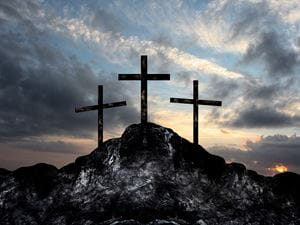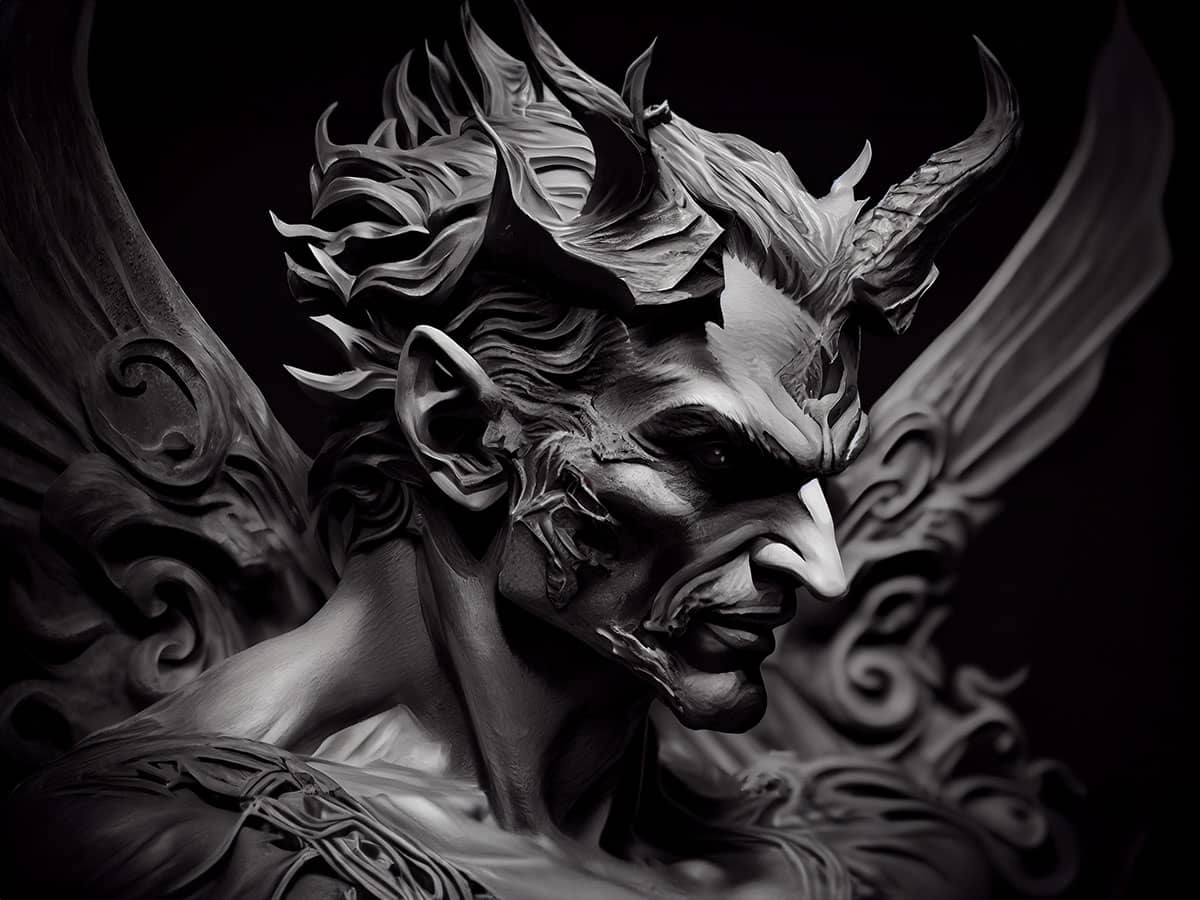
The garden at Gethsemane, a place whose name means “oil press,” is located on the Mount of Olives across the Kidron Valley from Jerusalem. A garden filled with ancient olive trees stands there to this day. Jesus frequently went to this garden with His disciples to pray, as detailed in John 18:2. The most famous events at Gethsemane happened on the night before Jesus’ crucifixion when Jesus was betrayed. Each of the Gospel writers details the happenings of that night with slight variations, so reading the four stories will give an accurate depiction of the momentous night in its entirety.
As the evening started, after Jesus and His disciples celebrated Passover, they came to Gethsemane. At some point, Jesus took James, Peter, and John to a place away from the rest. Here, Jesus asked them to watch Him and pray so they wouldn’t fall into temptation, but they fell asleep, as detailed in Matthew 26:41. Jesus had to wake them up twice and remind them to pray so they wouldn’t fall into temptation. This was especially distressing because Peter eventually fell into temptation later that night when He denied knowing Jesus three times. Jesus moved away from the three men to pray and asked His Father twice to eliminate the cup of wrath He was about to drink, but He submitted to the Father’s will each time.
He was sorrowful until death, but Luke 22:43 tells us that God sent an angel from heaven to strengthen Him. After this, Judas Iscariot, the betrayer, came with several high priests, soldiers, Pharisees, and servants to arrest Jesus. Judas identified Him by the specified signal of a kiss that he gave to Jesus. In an effort to protect Jesus, Peter took a sword and attacked Malchus, the high priest’s servant, and cut off his ear. Jesus rebuked Peter and healed Malchus’ ear. Surprisingly, witnessing this incredible miracle of healing didn’t affect the multitude. No one was shaken by Jesus’ fantastic display of power as detailed in John 18:5-6, where at the majesty of His looks or the will of His words, they became like dead men, falling to the ground. Nevertheless, they arrested Jesus and took Him to Pontius Pilate while the disciples ran in fear for their lives.
The events that took place in the Garden of Gethsemane have echoed down through the centuries. The passion Jesus showed on that life-changing night has been depicted in books, music, and films for years. From the 16th century, when Bach wrote two oratorios based on the gospel accounts of John and Matthew, to the present day in “The Passion of the Christ,” the story of this incredible night has been told numerous times. Even language has been touched by these events, giving us phrases like “he who lives by the sword dies by the sword.” Of course, the most significant impact of this night was Jesus’ willingness to die on the cross to pay the price for our sins. God made Jesus, who knew no sin, to be sin for us so we can become righteous of God in Him, which is the gospel of Jesus Christ.
Where was Jesus crucified?
The specific location of where Jesus was crucified is up for debate. Matthew 27:33 calls the location “Golgotha” or “the place of the skull.” The Gospels give other clues for the location. John 19:20 says it was close to the city, which likely indicates that it was outside the city walls. Mark 15:40 says the locations of Jesus’ crucifixion could be seen from a distance, which indicated that it was elevated. Mark 15:29 and Matthew 27:39 describe Jesus’ crucifixion site as being accessible to passers-by.
The two most popular proposed sites where Jesus was crucified are Gordon’s Calvary and the Church of the Holy Sepulchre. The Church of the Holy Sepulchre is the established site, dating back to the early fourth century AD, in Eusebius’ writings. Gordon’s Calvary was first suggested in the mid-19th century by Fisher Howe, Otto Thenius, and Claude Conder and then popularized in the late 19th century by Charles Gordon. The problem with knowing where Jesus was crucified is that Jerusalem has gone through a massive amount of change in the past 2,000 years. Significant sections of the city itself have been demolished and rebuilt numerous times. The Church of the Holy Sepulchre is inside the city walls, but would its location have been outside of the city walls in the first century?
Gordon’s Calvary is outside of the city walls, but did it exist in its current state in the early first century, or is it the result of excavating work that happened sometime in the past 2,000 years? There are strong opinions on both sides. Some favor Gordon’s Calvary, while others favor the Church of the Holy Sepulchre. There are arguments for other locations as well. Ultimately, the precise location of Jesus’ crucifixion doesn’t matter.
Wherever the location is, there’s no biblical reason to revere it. There’s no promised blessing or spiritual power where Jesus was crucified or where He was buried. We’re no closer to God on the top of Gordon’s Calvary or in the tomb beneath the Church of the Holy Sepulchre than we are in our homes. What’s important is that Jesus was crucified, buried and resurrected, as detailed in 1 Corinthians 15:3-4.
Why was Jesus crucified?
The earthly reason why Jesus was crucified is because humanity is wicked. Evil men conspired against Him and falsely accused Him, which led to His murder. Israel’s leaders had numerous reasons why they wanted to execute Jesus. They were jealous of His following, as detailed in Matthew 27:18, and they were scared that Jesus’ gathering would become too big, which might bring the Roman authorities down and cause them to lose their positions.
They hated how Jesus publicly called out their sin, and they thought He was blasphemous when He asserted He was the Son of God. However, Acts 4:27-28 says that God had a plan to save sinners, and Jesus was the sacrificial Lamb who came to take away the world’s sins. Even though crucifying Jesus was evil, the crucifixion was still God’s plan to make atonement for sin.

